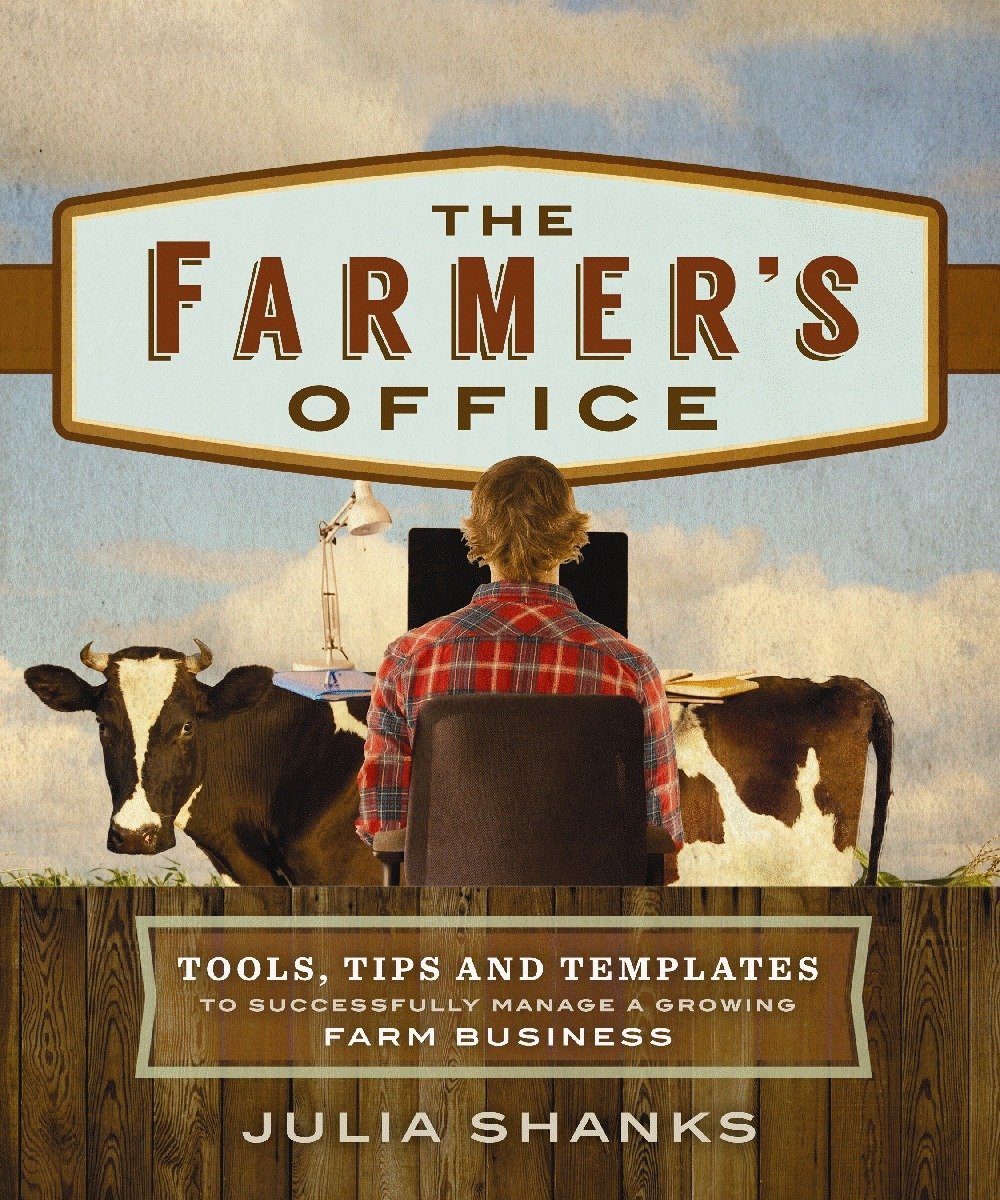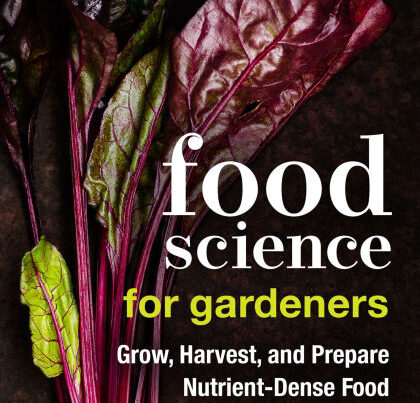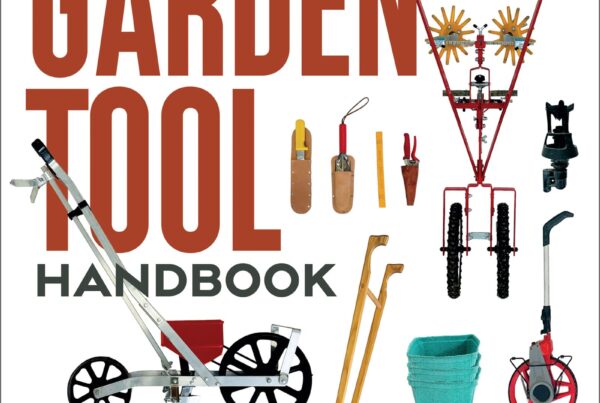Book Review: The Farmer’s Office: Tools, Tips and Templates to Successfully Manage a Growing Farm Business, Julia Shanks, New Society Publishers, 2016
This book review will be shorter than usual. Just because I’ve no intention of leading you through the technicalities step-by-step. It’s an extremely useful and well-written book. Farmers don’t go into farming because they want to do accounting or develop their business skills, and yet these skills are vital to success. We all want success! Get Julia Shanks’s book, quickly understand what you need to do, make time to do that as often as you need to, and move on to your next production task. You can save the time you would have thrown away on exhausting but wasted work. Be more successful, be less exhausted!
This is a very user-friendly book. Julia understands that farming is exhausting work. Julia understands farming, and has earned her stripes growing vegetables. Julia understands accounting and business management too. She explains concisely, very clearly, and provides examples and little stories to help us get to grips with the subject. She leads us to take a clear-eyed look at where we make money and where we don’t, which empowers us to make the decisions that are ours to make. We owe it to ourselves to stop the magical thinking that if we only work harder, everything will come out OK. Too many farmers have crashed and burned that way.
Julia tells how (in her first year of business school) she used a computer model to help a farmer friend determine how much of each of ten crops to grow. The silly computer program answer was to grow only okra and sweet potatoes! But behind that foolish suggestion was the information that his tomatoes were only earning 12 cents/case! Now that is useful information! What would you do if that’s what your tomatoes were earning? Raise the price and explain to your customers? Stop growing tomatoes? Knowingly sell tomatoes at that low profit as a way to attract customers? Any of these decisions might be the right one for your farm.
Like all money management texts, this book has warnings: Julia has used a simplified approach good enough for agriculture but not for taxes! She tells us when we should consult an accountant, tax advisor or payroll service provider. This 250 page book has 10 chapters of 6-30 pages, a glossary and 5 appendices. Everyone is advised to start with chapters 1 and 2. After that you can pick the ones you need and plan your own DIY course of study. Always eat your elephants one bite at a time! See the chart on page xxi, which points out lines of enquiry depending on your situation.
And here’s another aspect that makes this book special: there are pointers towards videos and webinars that Julia has made, on her website. But buy the book first, and know where you’re going! The price of the book includes the download price of many of the templates. Julia tells how she took a business class for farmers, after her first year of farming. She had kept absolutely no financial records! The instructor told her to guess, so they could make a cash flow plan for Season Two. Julia used that as a road map, and it saved her from ruin. She could see what she could afford, what she couldn’t, when she needed to hustle to bring in a bit more income. It wasn’t a coincidence that she ended up so close to where she needed to be!
This book will help you determine whether to prioritize tomatoes or cucumbers, eggs or chickens. You’ll need three primary financial statements: the income statement, the balance sheet, and the statement of cash flows. Don’t panic! There’s a webinar and a very readable chapter, with diagrams. There’s a video on depreciation! One of my colleagues calls depreciation “an enforced savings fund” – it pushes you to pace your spending and saving so you can replace a worn-out tractor. At the end of the chapter are instructions on which chapter to read next, according to your situation (creating projections about the future, or statements about your past)
Chapter 3 includes a set of questions and worksheets to ensure you have the skills you need to set out in starting your own farming business. The questions cover skills, knowledge, access to mentors or farming partners, your own energy levels, money to float your first year, tolerance of risk and uncertainty.
Chapter 4 covers the business planning process. Follow the stories, diagrams and instructions and choose between a Level One “Quick and Dirty” plan, a Level Two more detailed plan and a Level Three full business plan. You might not need the full plan to get started. Remember “A plan is just a plan” – don’t expect everything to go according to this plan! But the plan still has real value – writing it nudges you to think everything through, providing you with the resources you need to think on your feet and solve the problems that come up on the way. Julia leads us step-by-step through the process of writing a business plan, financial projections, operating assumptions (including the “Gut Check”), a list of funding sources, and an executive summary. Scale back your projections to see what it would be like if something went wrong. Test out a worst case scenario. Could you survive? What would it take?
Chapter 5 is all about financing: savings, loans from family and friends, loans from institutions, prepayments from customers and supporters. Be professional, look as professional as needed when asking to borrow money!
Chapter 6 is on setting up QuickBooks, the industry standard accounting software for small businesses. Other small non-farming businesses using QuickBooks could find this useful too. Julia has two webinars, and this chapter includes sample spreadsheets with the relevant bits circled. Chapter 7 shows how to use QuickBooks daily for cash management. It opens with Aesop’s fable of the Grasshopper (living in the moment) and the Ant (stashing grain for the winter). Just as we can tomatoes in summer for eating in winter, we need to set aside cash we earn during peak season for the slower times of year. 10 minutes a day, plus 30 minutes a week, plus 1-2 hours at year end. Doesn’t sound too bad. And it’s going to help with saving time and money next year!
Chapter 8 digs into managerial accounting – how to get meaningful information about your business. It includes determining the costs of producing various products/crops. There are several examples. Inventory management is also important, and requires a quick, smooth and simple system of tracking. Here are examples.
Chapter 9 covers stabilizing your business, so you don’t fall into a hole. There are some sad stories in this chapter. Chapter 10 has the more upbeat title “Growing Your Business”. Here’s help in making thoughtful decisions when considering new projects, or expansion of old ones. This is like having an older and wiser experienced farmer at you side. One who will be very honest with you, will share your excitement, and question things you seem to be ignoring.
The appendices give examples of questions to consider at each step of the way, sample spreadsheets and a list of the templates used in the book, which can be accessed from Julia’s website. What a wealth of information for just $24.95. It will pay for itself, I’m sure! And remember, if you feel out of your depth, Julia also works as a consultant, providing technical assistance and business coaching. I can’t think of anyone I’d rather ask for help! Go to https://thefarmersoffice.com/ for more info, including a free basic accounting course, and a 6-course free Self-Paced Farmer’s Office Basic Course, available 24/7, including videos, quizzes and case studies. There’s also fuller Farmer’s Office courses for $49/month.
By Pam Dawling







